Characteristic features of the style
Let's start with a precise definition of retro design. Under "retro" (from Lat. Retro - a look into the past) is meant the stylization of the interior in the style of the XX century. Although the concept itself is quite broad and applicable both for the 20s and 80s, most often they recreate the atmosphere of the 50-70s, less often the forties.
Retro design is unmistakable it is distinguished:
- Bright colors... The palette depends on the period under which the space is stylized, but mostly saturated (blue, orange, yellow, red) or dense, deep (burgundy, indigo) shades are used.
- Artsy forms... Almost every piece of furniture is a designer find. Armchairs, sofas, wardrobes, chairs, cabinets cannot be called minimalistic - they rather look like works of art.
- Prints... Mostly geometric and floral were used. Wallpaper or textiles with characteristic patterns are a retro style feature in the interior.
- Interesting decor... The middle of the last century saw the peak of the popularity of cubism, futurism, abstractionism. Decorations on the wall and tabletop accurately reflect the heyday of the non-standard arts.
Retro features by decades
Retro interior design begins in the 1920s, which today bear the informal name of the "Gatsby era", passes through a calm neoclassicism 30s and comes to the military 40s. However, the main period of development of retro styles in the interior falls on 1950-1970. Let's analyze each decade in more detail.
Fifties
The first decade after the end of the bloody war was characterized by a riot of colors. People wanted bright colors and non-standard solutions: this is exactly what they were offered by various private designers and industrial factories.
IN wall decoration they mainly use monochromatic painting, and furniture is chosen futuristic, with geometrically verified silhouettes, chrome legs.
The photo shows a bright kitchen in the style of the 50s
Sixties
The slogan "Make love, not war!" and the hippie movement itself made its own adjustments to the already vibrant interiors of the 50s. In the interior design, unusual floral and geometric prints have appeared, complementing the color tones in the decoration.
Furniture and accessories are becoming more and more unusual, tables and sideboards on thin legs are in fashion.
In the photo is a living room under the 60s
Seventies
In retro-style rooms, flashy shades are replaced by more restrained, natural ones. Instead of bright lemon, honey comes into fashion, instead of turquoise, forest.
Refined details of furniture give way to practicality and functionality: products become coarser, more massive. Vinyl, leather is gaining popularity upholstery sofas, armchairs.
In the photo, a discreet retro 70s
How is vintage different from retro?
Vintage and retro styles in the interior are often confused, in order to separate one from the other, consider their main differences.
Period:
- Vintage still more refers to the time before the 1920s, mainly personifying the 18-19 century.
- Retro, as we said, represents the middle of the 20th century.
Embodiment:
- Vintage requires the use of original items from a given period: that is, the basis of the interior is the restored furniture and decor of the 18-19th century.
- Retro allows for stylization. Chairs and dressers can be modern, but made to fit the style.
The photo shows an example of a vintage living room
Last thing - appearance... Visually distinguishing retro from vintage style is quite simple:
- Vintage - light shades, small floral prints, rich furniture decor.
- Retro - bright, rich colors, geometric patterns, minimalistic furniture of unusual shapes.
In the photo is a hall in retro style
What colors are used?
The color palette of retro designs is determined by the period for which the imitation is made. In the 50sFor example, bright colors and their bold combinations were in fashion:
- blue + orange, red;
- red + turquoise;
- blue + yellow;
- lemon + purple;
- olive + pink.
In the photo, a combination of orange and blue
TO seventies the riot of colors has subsided, the finish has become softer, natural shades have appeared in it. Brown, beige, muted green, burgundy.
In modern interpretations, a light palette is often taken as a basis, diluting with characteristic accents in the form of furniture and wallpaper.
What to consider when finishing?
A retro room starts with a renovation: pay attention to all surfaces.
Ceiling
A simple white painted surface is a commonplace but great solution.
Walls
Vertical surfaces should be given as much attention as possible. The early period was characterized by plain walls: both white and colored - orange, blue, yellow.
The photo shows bright plain walls
You can also stylishly decorate the walls with wallpaper with suitable prints (although, according to history, they appeared only in the 60s). Large geometric prints or crisp lines can be either the main trim or accent... In the second case, the wallpaper is made out surface behind the sofa, bed, near the dining table.
Floor
When looking for ideas for decorating a retro kitchen or bathroom, you will surely come across a photo of a checkerboard floor, where dark tiles alternate with light ones. This trick is a classic retro finish.
Wood is suitable for flooring in living rooms and bedrooms. Not necessarily natural, today you can find many materials on sale that imitate texture: linoleum, quartz vinyl, laminate.
Pictured is a red and white checkerboard floor
What kind of furniture will fit?
The embodiment of retro style is impossible without furniture. First of all, pay attention to the seats: a pair of stylish armchairs in the living room or a set of chairs "from the past" in the kitchen will create the right atmosphere.
As for kitchen sets, they are somewhat different from modern ones. As a minimum, according to the rules, the upper cabinets should be low, but elongated and not reach the ceiling.
Choose the right equipment for the headset: modern manufacturers produce whole lines of household appliances for retro - from coffee makers to refrigerators.
On the picture black and white kitchen with yellow accents
Another thing, without which it is difficult to imagine a retro room - cupboard... Sideboard, dressing table, curbstone, buffet, chest of drawers, secretaire, it is advisable to choose from varnished wood and on thin graceful legs.
We select the right decor, lighting and textiles
Antique decorative interior design. Not only do the main objects (chairs, cabinets, tables) look like works of art, but they are also complemented by real works: paintings, posters, mirrors... It is better to choose an abstract style of painting.
Pictured is a bright kitchen-living room
Living rooms in houses are decorated with textiles: in imitation of the 60s period (hippie time) they are good blankets, pillows, carpets in boho style. Will fit no less confidently and macrame as a wall decor or pots for plants.
Pay special attention to the lighting fixture.: retro chandeliers, floor lamps, sconces, table lamps look catchy, they are a decoration of the room. Lampshades made of fabric, plastic, glass, chandeliers in a futuristic design are an integral part of the composition.
How to decorate the interior of the rooms?
The living room is dominated by upholstered furniture: a sofa, original armchairs, poufs. In the recreation area you need coffee table, under the TV (even if it hangs on the wall) a curbstone is required.
Important! Upholstered furniture is not bought as a set, but is assembled from individual elements.
Retro kitchen can be bright - choose a colored set, complement the original chairs in the dining area and a stylish suspension.
A retro bedroom from a modern one is primarily distinguished by a bed: light, raised on legs. On the sides there are the same visually light bedside tables or tables. Above the berth - space for creativity, hang one or more paintings.
In a retro hallway, you can give free rein to imagination and place original objects instead of a wardrobe, such as a table created from the underframe of a sewing machine.
The bathroom can be either discreet, tiled with white square tiles, or colorful: with colored patterns and an original mirror.
And one more advantage of the retro style: since it is a kind of reconstruction of antiquity and does not meet modern trends, it will never go out of style. This means that it is suitable as a long-term interior solution.

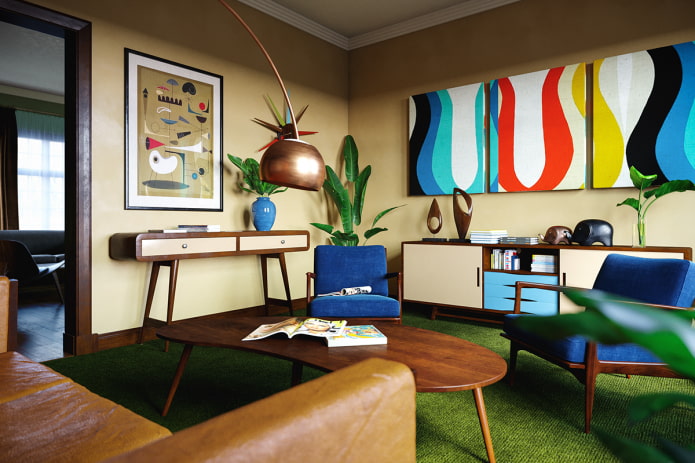
 10 practical tips for arranging a small kitchen in the country
10 practical tips for arranging a small kitchen in the country
 12 simple ideas for a small garden that will make it visually spacious
12 simple ideas for a small garden that will make it visually spacious
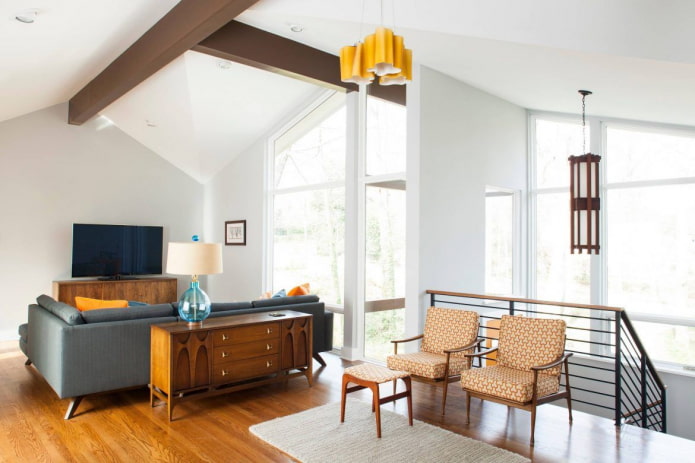

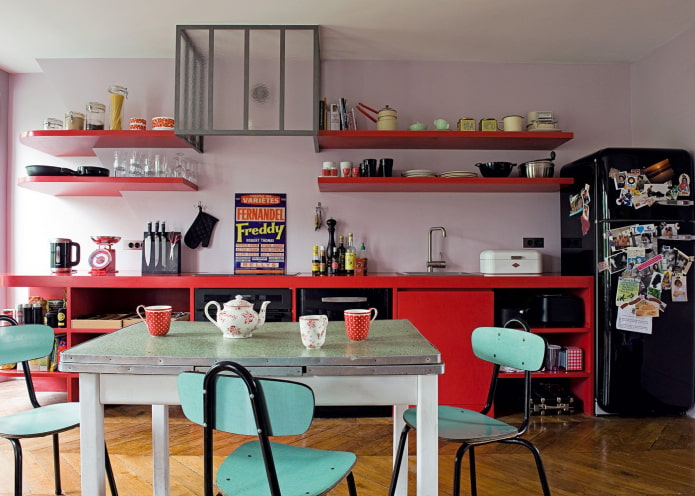

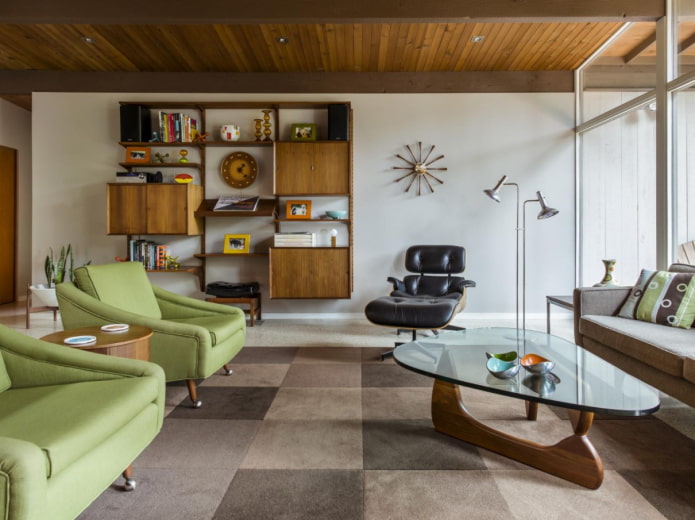
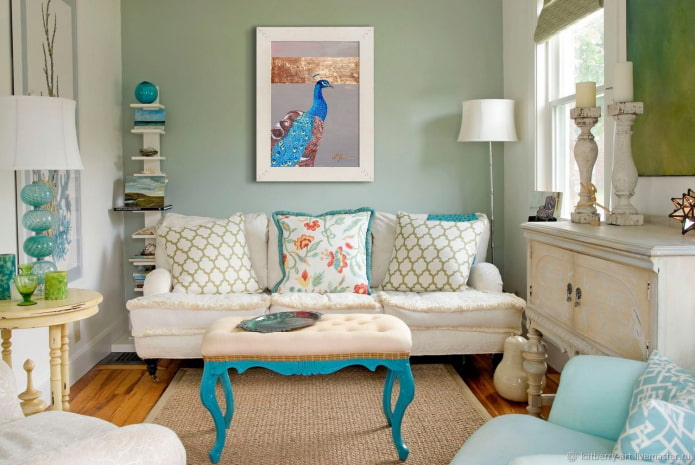
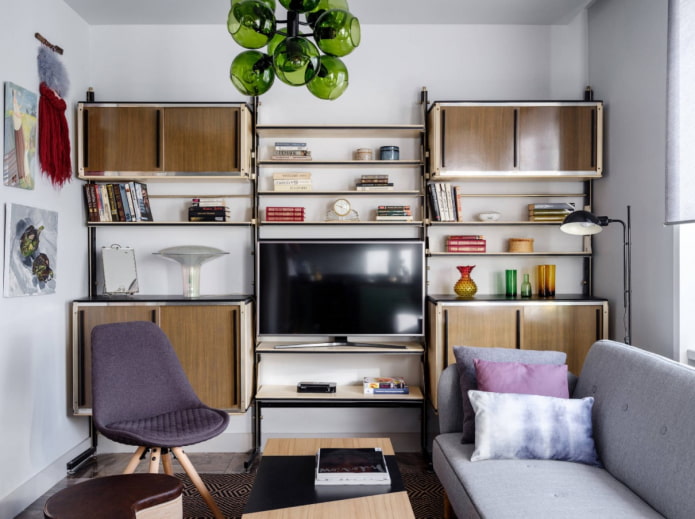
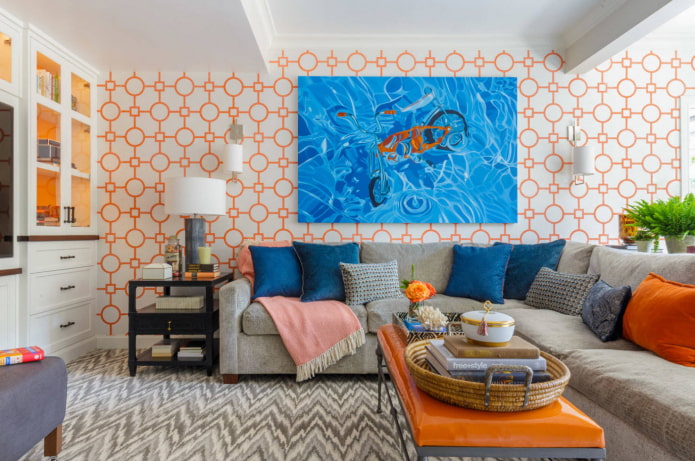
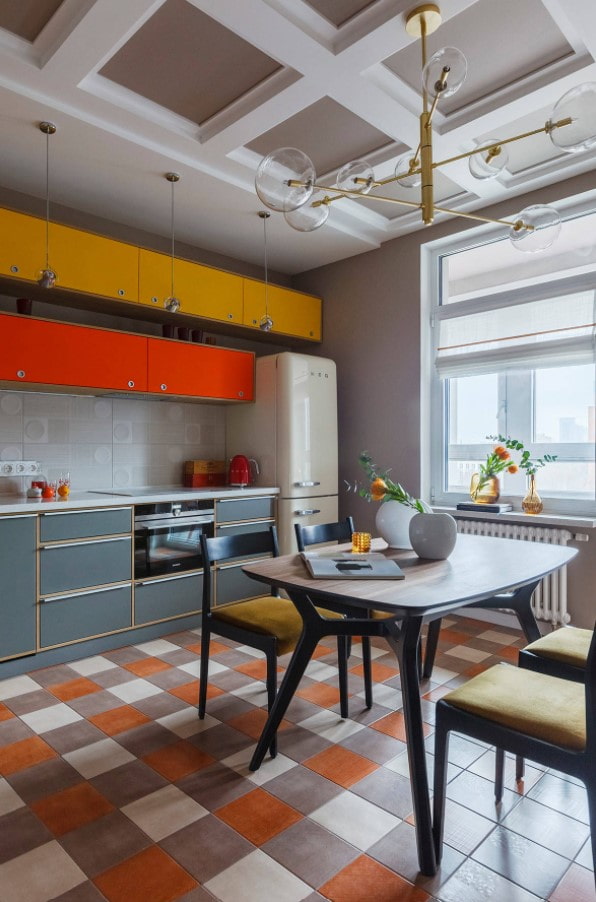

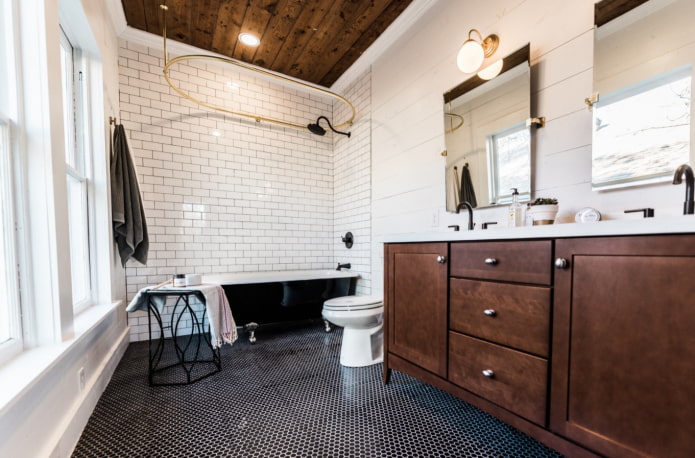
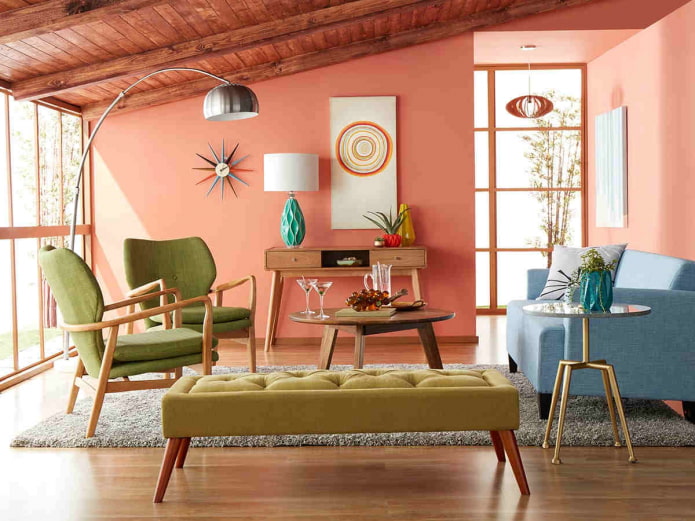
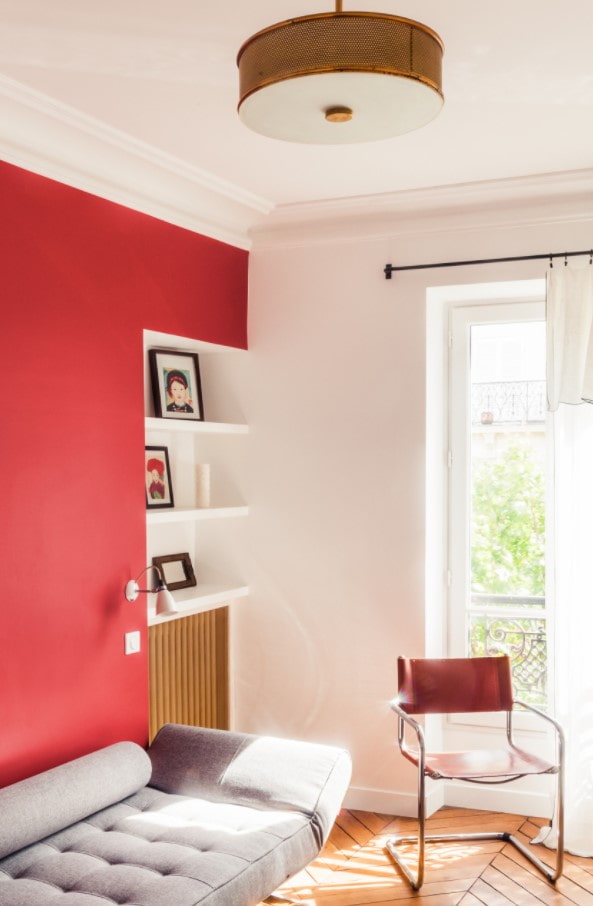

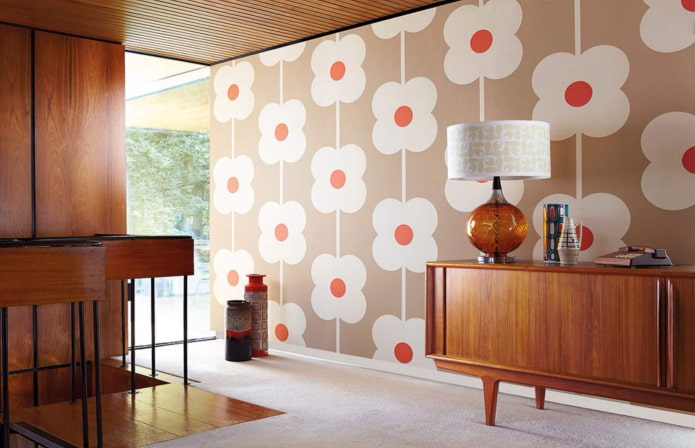

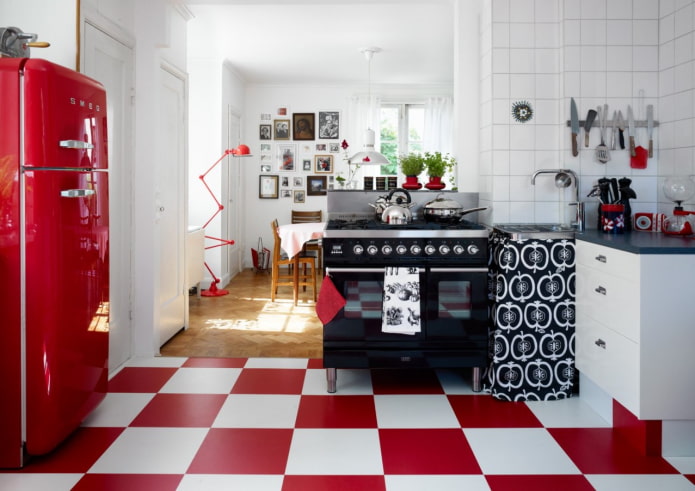
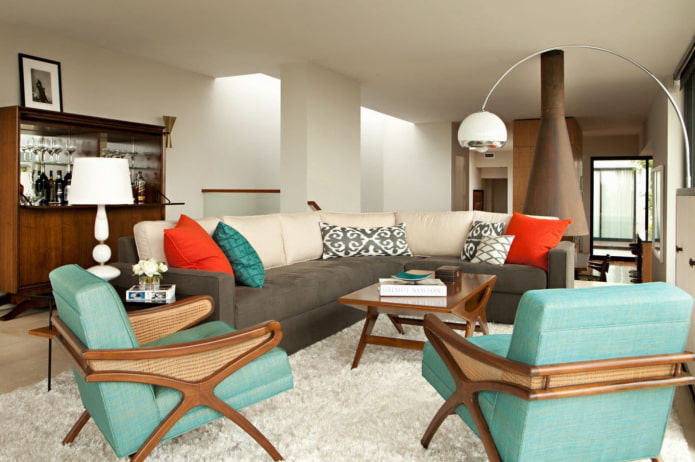


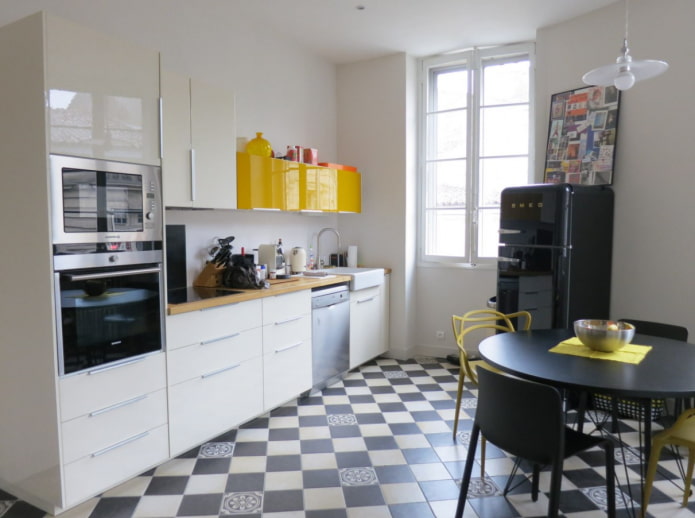
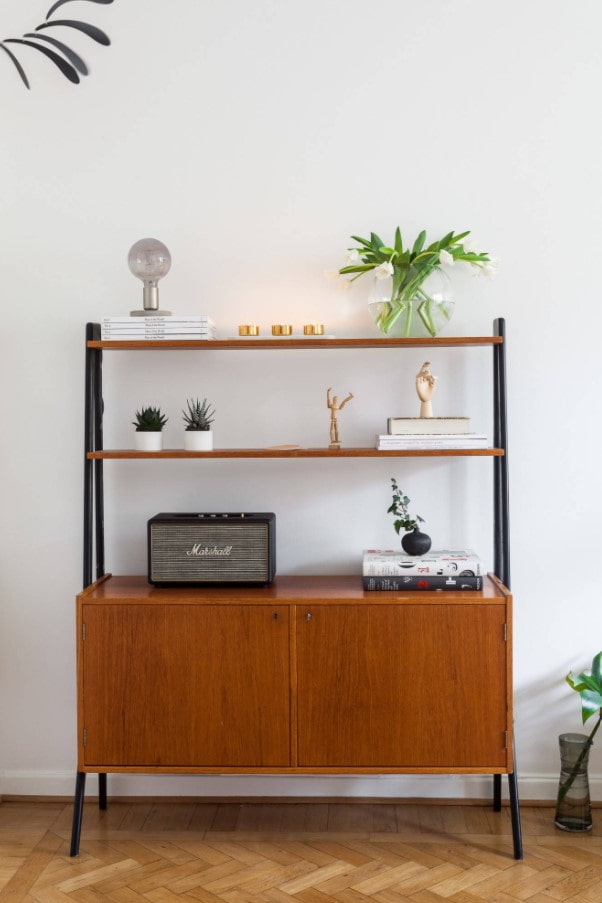
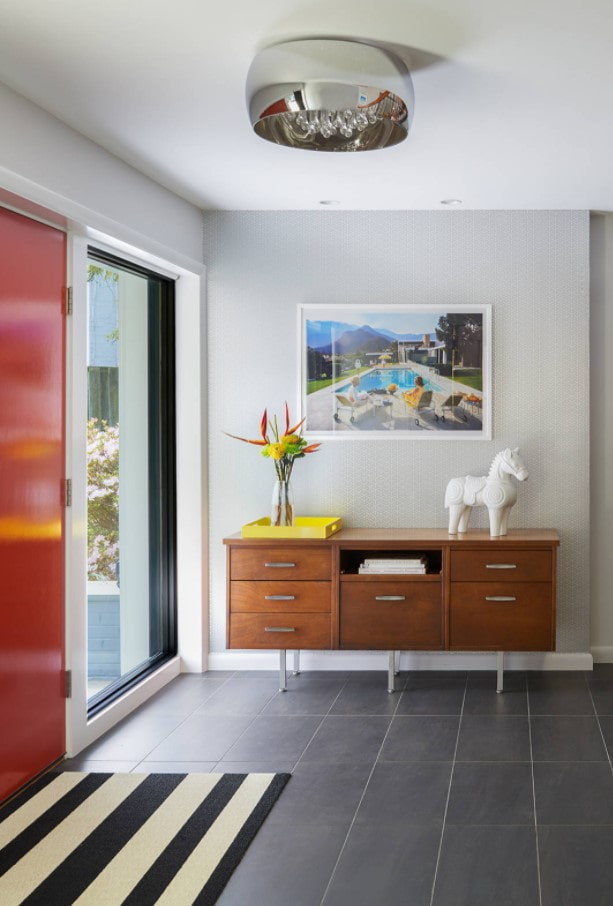
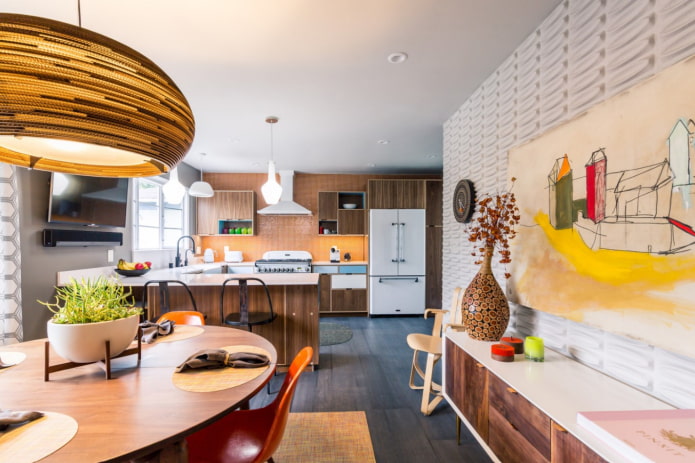
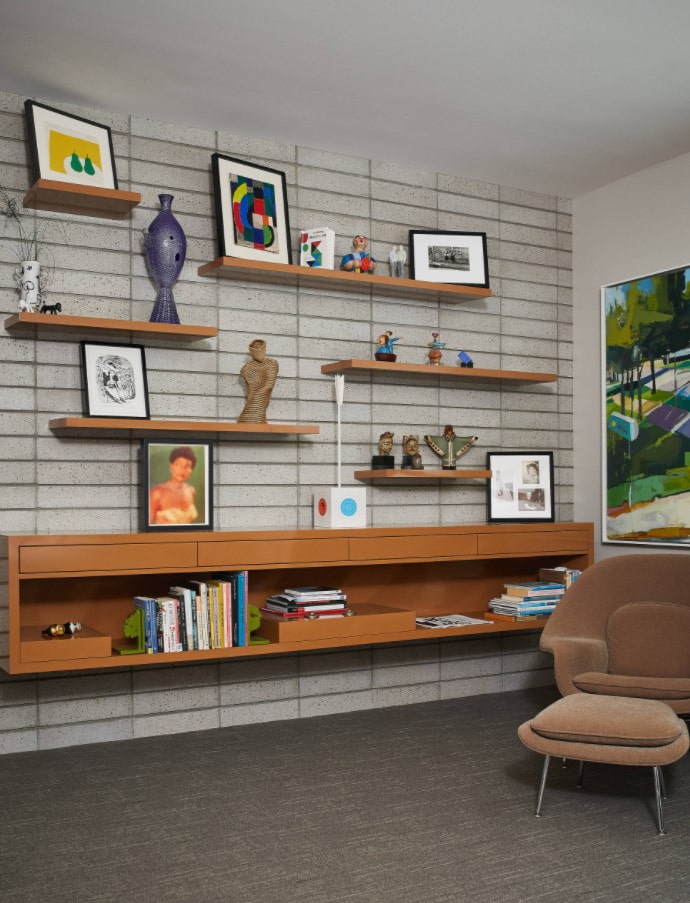
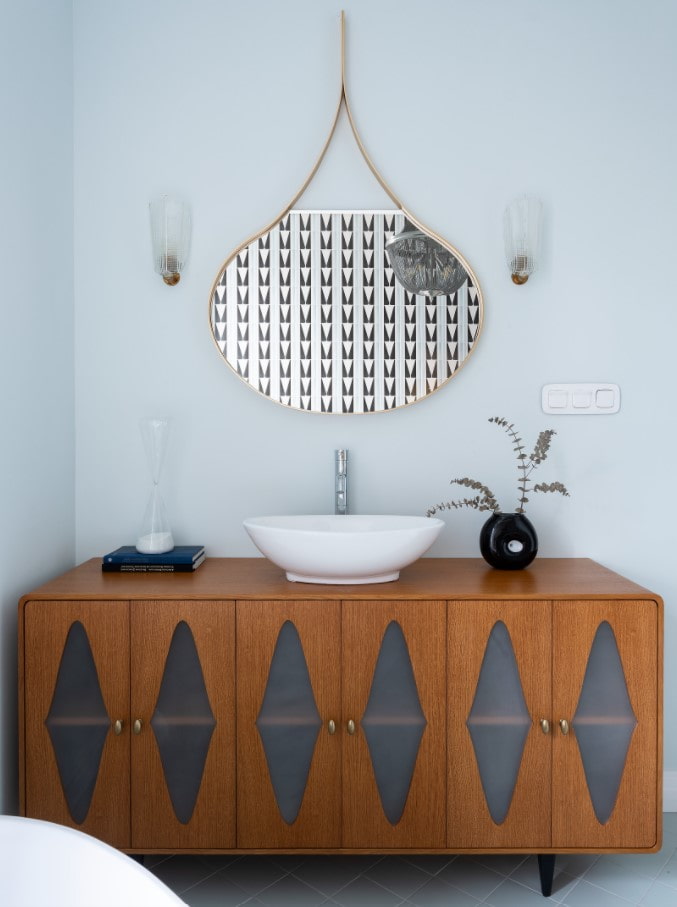
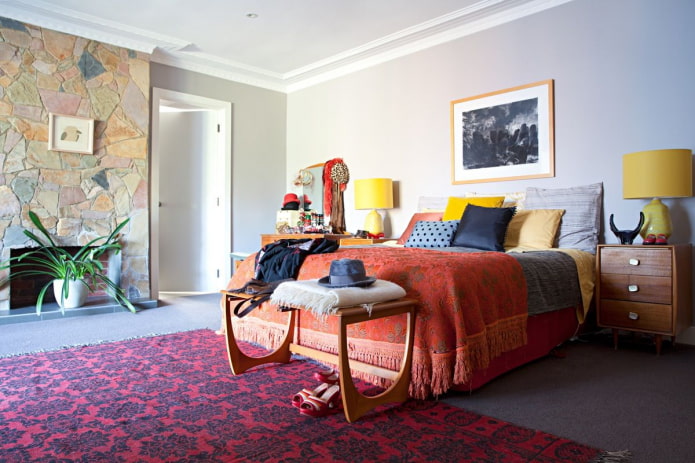
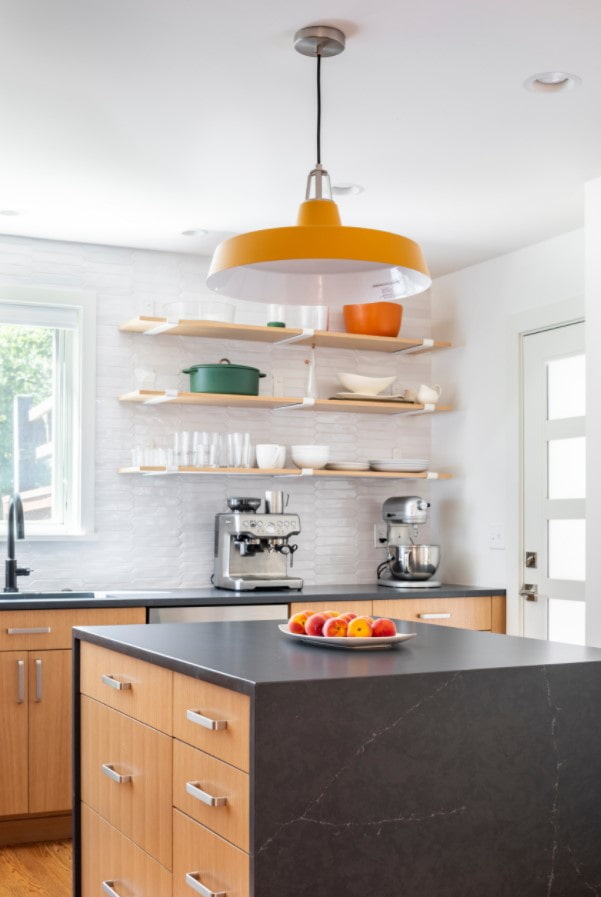
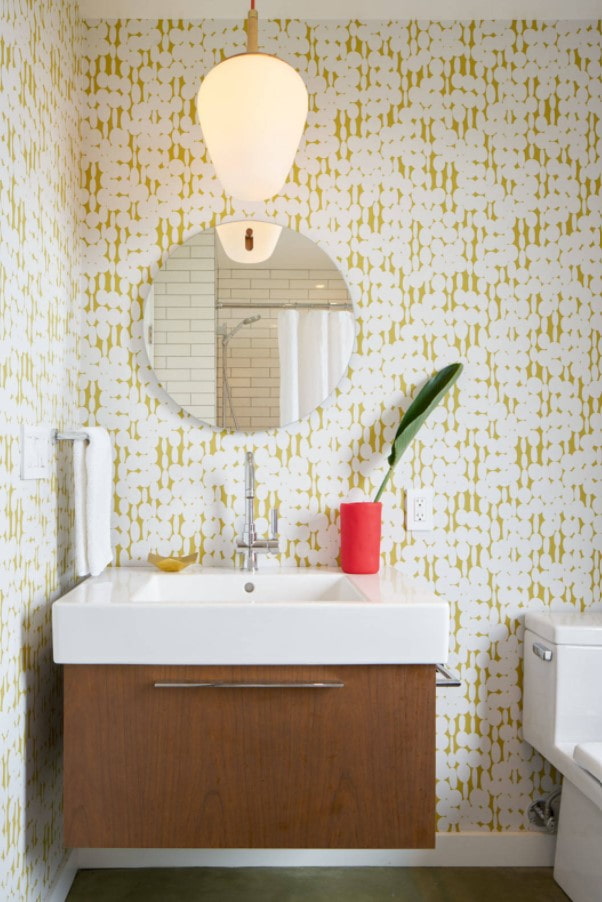
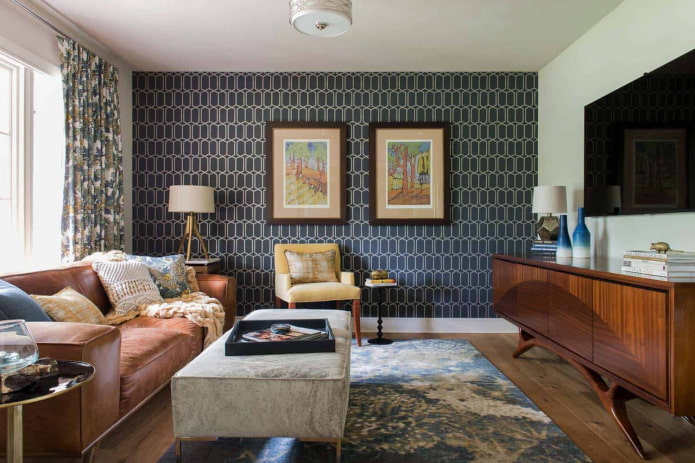
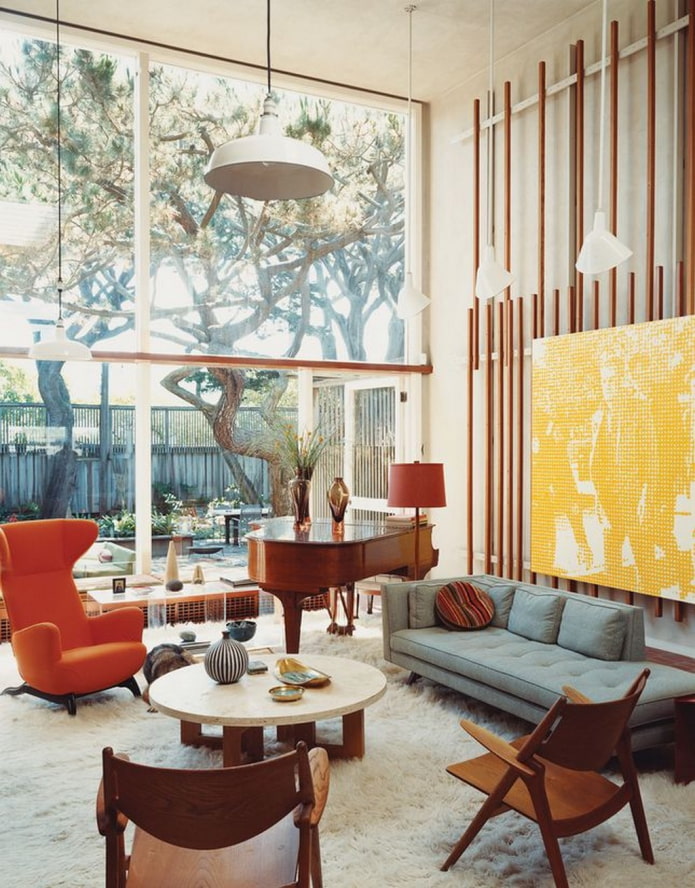
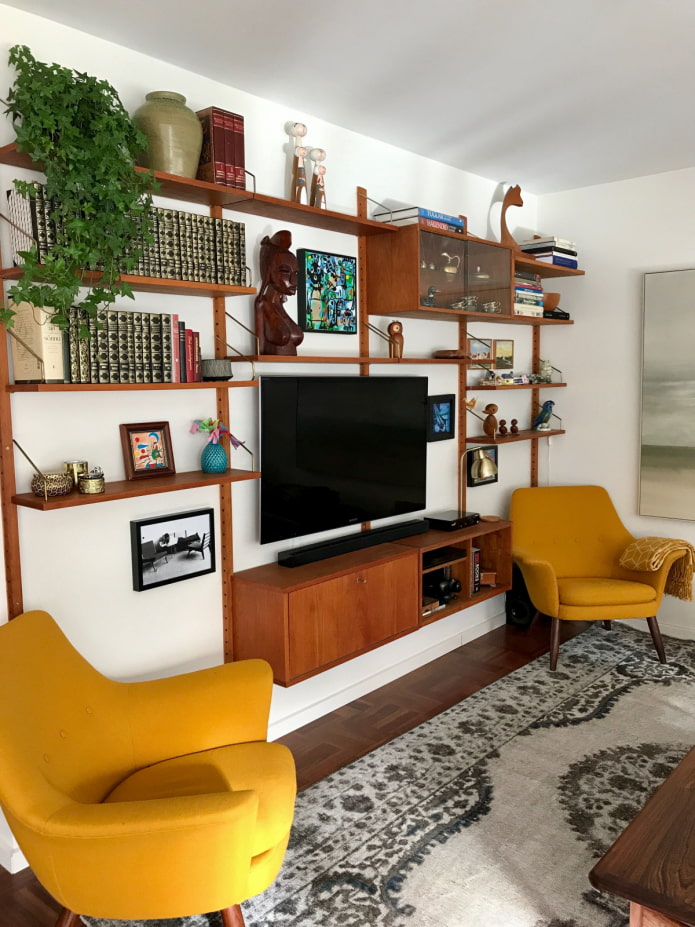

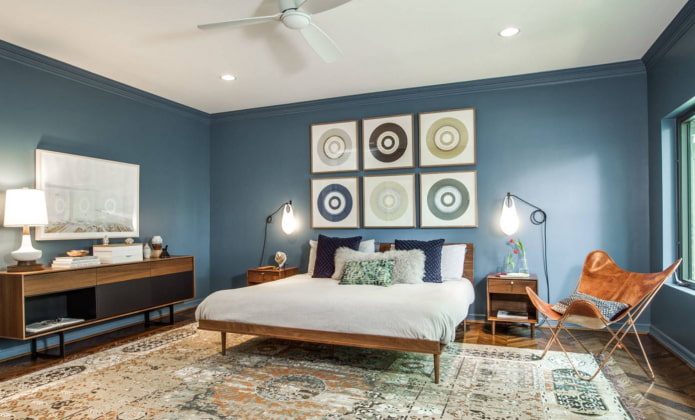
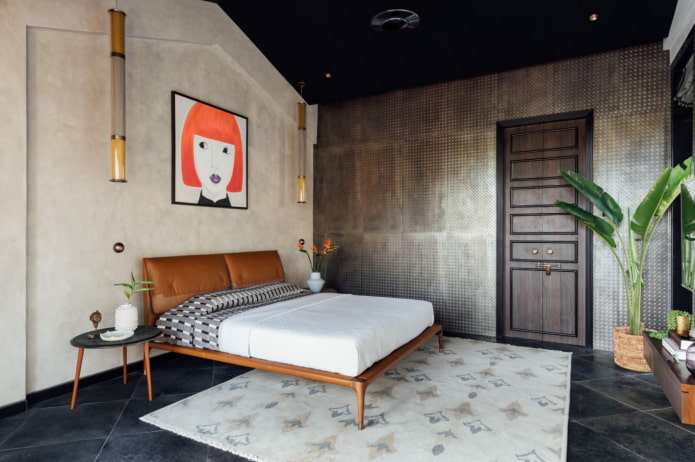
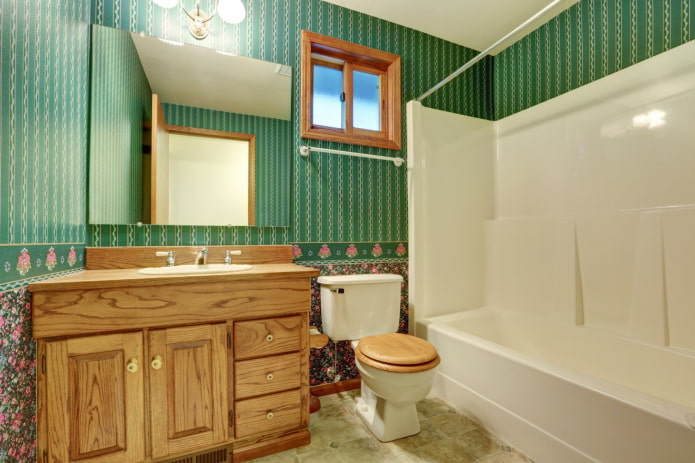
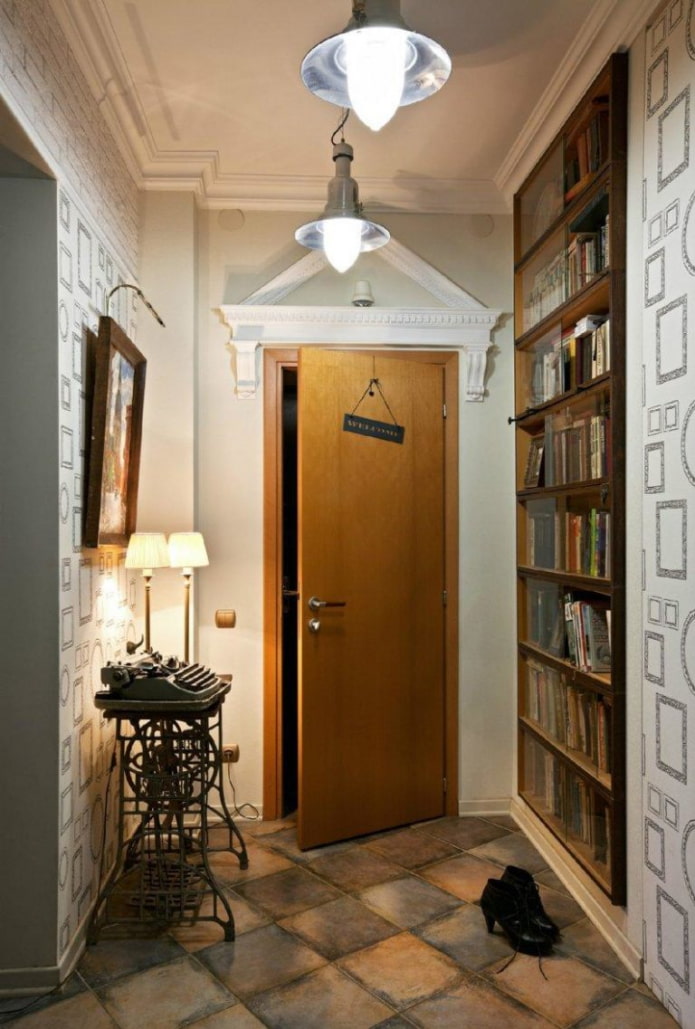
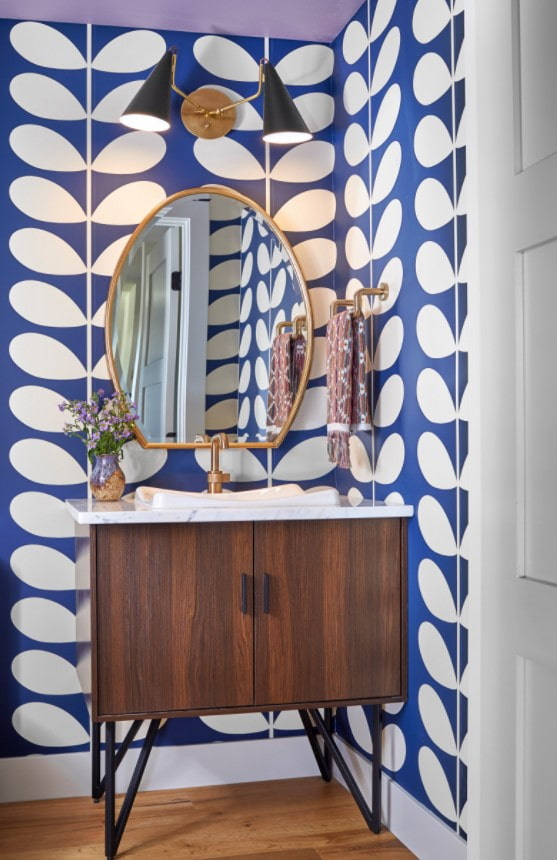
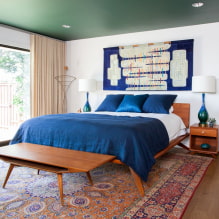

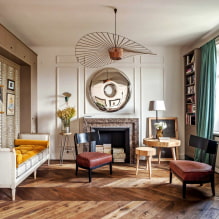
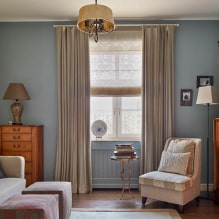
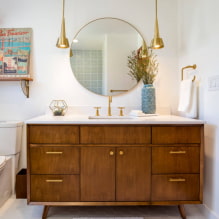
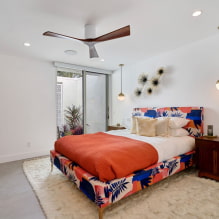
 13 bad habits a good housewife shouldn't have
13 bad habits a good housewife shouldn't have 24/7 home cleanliness - 4 secrets for the perfect housewife
24/7 home cleanliness - 4 secrets for the perfect housewife 6 hotels in Sochi that will give odds to the promoted foreign hotels
6 hotels in Sochi that will give odds to the promoted foreign hotels Top 10 interior design trends 2020
Top 10 interior design trends 2020 Rating of cheap TVs with Smart-TV
Rating of cheap TVs with Smart-TV New Year's LED garlands on AliExpress - we disassemble while it's hot, so that it's bright at home
New Year's LED garlands on AliExpress - we disassemble while it's hot, so that it's bright at home